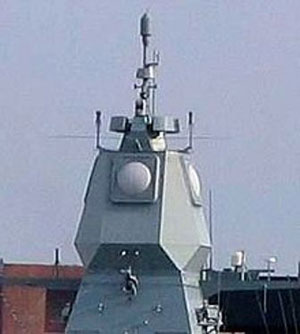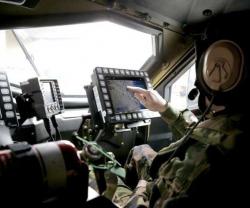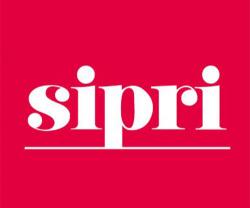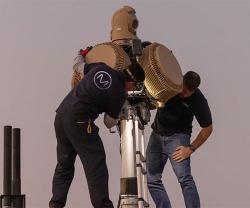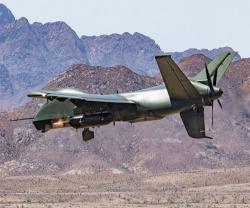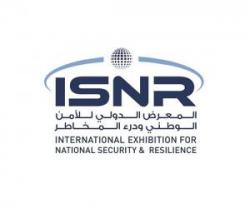The test took place at a shore-based Dutch facility and marked a key step toward enabling more European ships to employ the full range of missiles within the Standard Missile family, including the Standard Missile-3.
“Right now, few of Europe's naval ships can participate in the 'upper tier' ballistic missile defense of NATO countries because their radars cannot communicate with the SM-3,” said Wes Kremer, Vice President of Air and Missile Defense Systems for Raytheon Missile Systems.
“A common datalink that operates with both X- and S-band radars is a very affordable, near-term solution that allows Europe to take advantage of proven technologies available today,” Kermer added.
Using both sending and receiving signals, the test validated the ability of the dual-band datalink to communicate with the APAR X-band radar, which is part of a radar suite used by the Danish, Dutch and German navies. Integrating a dual-band datalink into any of the Standard Missiles is a 'drop in' replacement for the current hardware.
“The dual-band datalink has significant implications for our U.S. Navy customers as well, because it allows them to save money by eliminating the need to maintain two separate inventories of Standard Missiles for the Zumwalt (X-band) and Aegis (S-band) ship classes,” said Kremer.
In 2009, a joint U.S.-Netherlands study concluded SM-3 could be integrated with the Signaal Multibeam Acquisition Radar for Tracking-L and Advanced Phased Array Radar (SMART-L/APAR) sensor suites, providing non-AEGIS ships a viable missile defense capability.
- Generally, U.S. and NATO ships communicate with interceptors in either X- or S-band.
- To avoid unique configurations of missiles, Raytheon has developed a dual-band datalink which enables the same missile to communicate in both S- and X-band.
- In 2011, Raytheon's dual-band datalink was tested in the lab using both S-band and X-band frequencies.
- The APAR radar was developed as part of an international cooperative effort involving Canada, Germany and the Netherlands.
- The Netherlands and Germany have seven frigates that utilize the SMART-L/APAR system (using X-band communication frequency).
- Denmark is expected to add three more ships that operate SMART-L/APAR to its fleet by 2013 (using X-band communication frequency).
- Norway, Spain and the U.S. operate AEGIS frigates (using S-band communication frequency).

